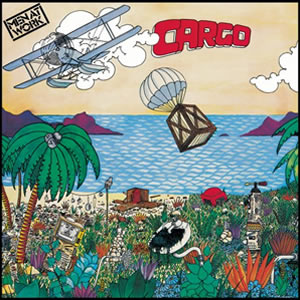Top 9 Rock Festivals
This week Classic Rock Review joins the celebration of the 45th Anniversary of the historic 1969 Woodstock Music Festival. In conjunction with Top 9 Lists, we present a list of the Top 9 […]

This week Classic Rock Review joins the celebration of the 45th Anniversary of the historic 1969 Woodstock Music Festival. In conjunction with Top 9 Lists, we present a list of the Top 9 […]

Buy Cargo It is funny how fame works. When Men at Work recorded their second album Cargo in the summer of 1982, they were just a regional act who had moderate success in […]

Buy Business As Usual One would not be out of line to suggest that this is a rather “unusual” (pun intended) selection for our 1982 album of the year. In fact, Business As […]